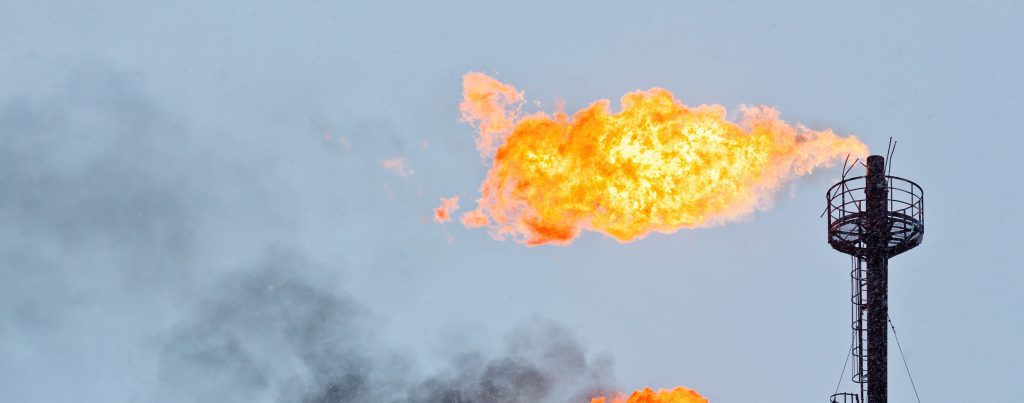Canada’s federal election in October will take place just six weeks before the U.N. climate summit in December. As a result, Canadians do not yet know who will represent us at the Paris summit.
What we do know is that Canadians want climate leadership. For proof, look at this past weekend’s massive march in Toronto, where labour groups, First Nations, social justice leaders, environmentalists, faith groups, student groups and more marched side by side to tell elected leaders it’s time to get moving on building a just, clean energy economy. Or look at the 25,000 people who marched in Quebec City. Or look at the protests in B.C or New Brunswick. Across the country, Canadians are demanding climate action. Given that, they deserve to know where the federal parties stand on climate change.
In early June Environmental Defence published a comparison of the position of federal parties on climate action, specifically the issues that will be discussed at the Paris climate summit. The basis of the comparison is:
- The parties’ post-2020 carbon pollution reduction target
- Each party’s main mechanism for reducing carbon pollution across the economy
- How soaring carbon emissions from the tar sands – the biggest barrier to climate leadership in Canada – would be addressed.
- Parties’ positions on providing financial assistance to developing countries to help them adapt to climate change
At the time of the release, we notified federal parties that we would be updating the comparison at the end of the month. Over that time, two parties—the Green Party and the Liberal Party—strengthened their positions. Today we are releasing an updated comparison that reflects those changes.
The comparison shows a wide range of climate plans from Canada’s federal parties.
Represented by the Conservative Party, the federal government in April put forward its opening pledge for Paris. Four research institutes assessed the government’s pledge as inadequate because the carbon reduction target it chose for 2030 was weak (see figure above)—the weakest in the G7—and had loopholes that make it even weaker. The federal government’s sector-by-sector approach continues to ignore the high and rising carbon pollution levels from the tar sands, despite many years of promising to regulate their emissions.
International climate adaptation financing is the lynchpin to successfully finalizing a global climate deal in Paris. Wealthy industrialized countries are responsible for the majority of the pollution, and least developed countries in particular feel that those wealthy countries must take responsibility for their impacts on the poor in the developing world. However, the federal government failed to make any commitments to assist developing countries in dealing with the impacts of climate change.
The official opposition, represented by the NDP, have the strongest position so far on climate change and the Paris climate summit. The NDP’s 2025 carbon reduction target, taken from its bill, the Climate Change Accountability Act, is in line with Canada doing its fair share to avoid dangerous levels of climate change (see figure). The NDP has proposed a cap-and-trade system that will include the vast majority of Canada’s carbon pollution, including industrial emitters such as oil and gas companies. The party has made a vague promise to international climate financing that does not include an amount or a year that the assistance will begin.
The Liberal Party’s positions on climate change are less definitive than other parties. For example, the party has not set a carbon reduction target, promising only that it will work with the provinces to determine its climate framework and target within 90 days of the Paris climate summit and that Canada will do its part to limit average global warming to 2 degrees Celsius. It remains to be seen how a Liberal-led Canadian government would engage in the Paris negotiations without putting forward a climate target or framework. The Liberals have also not committed to providing climate adaptation financing to the developing world, though their environment critic John McKay criticized the government for not committing to this financing in their announcement.
The Green Party’s updated carbon reduction target is not as strong as the NDP’s but is stronger than the other parties. Its target represents reductions in carbon pollution that would be almost four times faster than the government’s target. The Greens have proposed a fee-and-dividend system that would impose a fee on the vast majority of Canada’s carbon pollution—the platform suggests that the fee could start at $50/tonne and rise quickly—with the revenue used to give equal lump-sum payments to every man, woman and child in Canada. The Greens have committed to providing $500 million per year in international adaptation financing, starting in 2016. Though this is less than the $4 billion per year that would represent Canada’s fair share, the Green Party remains the only party to have committed an actual amount.
There are clear differences between the parties in their approaches to climate change and what they would commit to in Paris if they form government. Environmental Defence will continue to work with all federal parties who are interested, and help them identify and advance more ambitious actions and more explicit commitments on climate change.








